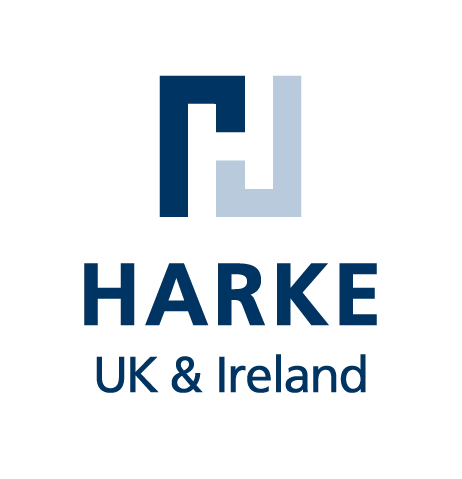Did you know that if you’re selling a bed or mattress which has been treated to make it hypoallergenic, antibacterial or antimicrobial in any way, you must also update your marketing information, including your labels and tags?
This fact is little acknowledged in the bed and mattress industry, but is related to an EU regulation, which will remain active post Brexit. The regulation is called BPR, and we’ve written a summary guide to the BPR for Beds and Mattresses which you may download for free.
But in this blog, we want to talk about one important aspect of the BPR which is being sorely neglected by almost all UK bed and mattress manufacturers, labelling.
Mattress Labels
As we all know, mattress labels are essential, from a legal perspective you have to have your BS7177 fire safety label sewn in. In addition, most brands now include a either a tape edge label, sash label or centre label sewn into the fabric to detail the brand, product spec and to display any accreditations the product might have achieved such as BNF, Allergy UK or Sleep Council logos, to name but a few.
But the BPR also comes with labelling requirements. And while the labels are essential at the point of sale (POS), and not required do stay with the product during the lifetime of that product, many manufacturers are choosing to add the BPR required details to the permanent label.
Why Add BPR Details To Mattress Labels?
Labelling is an essential part of your BPR compliance, see our blog on Article 58, and while Article 58 makes it clear that POS labels should detail the biocide used, these POS labels can go missing.
Imagine you send your shipment of mattresses to your retail partner, but the retail staff have not been educated on the labelling requirements and decide to remove the swing ticket in favour of a retail branded product spec sheet. The swing ticket could also be lost or damaged in transit, there are many possibilities that this vital information could go missing. You as the manufacturer won’t get into trouble, but do you really want your customers to get into hot water with HSE?
Here’s an example of a permanent, sewn in label from one of the manufacturers we work with on BPR compliance.
On the left is the swing ticket, displaying all the essential information. On the right are the fire safety and new BPR edge labels. Something as simple as this edge label ensures your product is compliant with BPR Article 58.

So as you can see, it’s not a huge change, but it is something that many brands are considering adding to their products in a more permanent fashion.
So What IS The BPR Anyway?
For those that don’t know, the BPR is an EU regulation (which the UK is adopting in any Brexit outcome scenario) which requires products treated with biocides to provide antimicrobial properties be carefully regulated. These regulations include using the right biocidal product for the right antimicrobial claim, and importantly include labelling to let consumers know what has been used.
Now if you’re thinking, ‘Great! We don’t use a biocide to make our mattress anti bacterial!’, please still do your due diligence. You’ll be surprised at what counts as a ‘biocide’, it’s not all complex 12 syllable chemical names, for example: Eucalyptus Oil counts as a biocide!
We’ve written a comprehensive guide to the BPR, you can access it for free here. In addition to this we’ve written a supplementary guide, which is little easier to digest, especially for the Bed and Mattress industry. Again, The BPR Bed and Mattress Guide is free, you can download it here.
How Can Addi-Tec Help?
Our team of technical experts and regulatory specialists are well versed in BPR, and backed up by a legal regulatory firm too. We have a variety of BPR compliant solutions to suit almost any purpose, and are experienced in helping brands to make regulatory changes in their supply chain.
Contact our team today and book a free BPR phone consultation.







